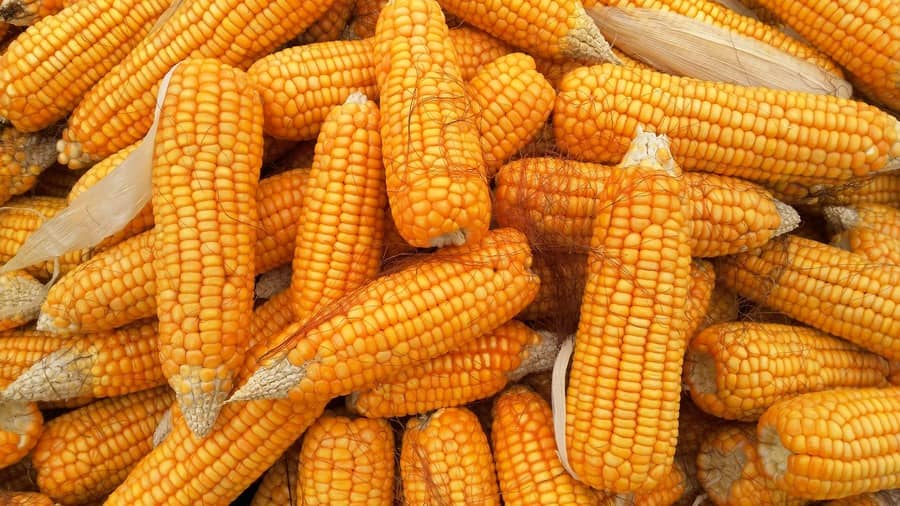Porto Alegre, April 17, 2024 – A tense week in global markets. Higher inflation in the United States, eliminating the expectation of an interest rate cut, perhaps even in 2024, intensification of the conflict in the Middle East, and a USDA report basically without surprises for the market. The change in the movement of the dollar in the international environment should greatly restrict the interest rate cut in Brazil, and next week the Brazilian government should release the fiscal balance for the first quarter. The exchange rate was the highlight of the week once again. The USDA report did not bring any news to the market, despite the slight cut in US stocks. Now the focus is on the Midwest planting with excellent climate conditions and, at first, without being a support variable for prices. Last week closed with sharp highs in global assets given the risk of an intensification of the conflict in the Middle East. Finally, the update of the corn numbers by Safras & Mercado, which cut the second crop in Paraná and Mato Grosso do Sul, but found a better potential yield in Goiás, Mato Grosso, Matopiba, and Minas Gerais. A crop of 126 mln tons now projected is enough to meet all domestic demand and exports of up to 45 mln tons this year. Of course, we still have assessments to be carried out in the second-crop regions affected by the climate.
The forex market has been gaining prominence this April, as we have pointed out, in light of US economic indicators and the public accounts situation in Brazil. Last week, expectations were centered on inflation data in the USA. Accumulated consumer inflation was 3.2% in twelve months, and the market expected 3.4%, the data came 3.5% above expectations. Producer inflation also brought higher rates. High inflation, almost double the Fed’s target, and firm employment are indicators that eliminate the need for any interest rate cuts for the year. However, now, bets suggest the possibility of an interest rate cut just before the local election, in September.
Interest rates on long-term bonds in the US soared and with them the dollar index. The index broke the technical barrier of 105 points and closed the week near 106 points. The interest dosage, so far, has not seemed to be enough to bring inflation to the Fed’s target. The strong dollar drove the movement in other currencies. The yuan depreciated again above 7.20/dollar. The real soared even after the good internal inflation result in March.
The real followed the international movement and tensions involving the Middle East. The fact is that with this external framework, the Copom will be limited in further interest cuts from now on, and political insistence on new cuts could lead to negative exchange rate arbitrage. This situation determines capital flight and greater restrictions on the entry of new capital. Furthermore, on the 15th the government is expected to release the fiscal balance for the first quarter, which is important for public accounts and the government’s ability to finance itself in the system, without issuing additional currency. The real remains more devalued, but with a technical barrier at BRL 5.20/dollar and the possibility of Brazil’s Central Bank once again showing up to regulate the price of the currency with its usual interventions.
The escalation of the conflict in the Middle East is the great new fact of 2024. The situation does not just involve another regional conflict but a global issue that could actually lead to a very serious situation. For markets, attention to this new fact involves oil, first and foremost, with potential repercussions for the dollar and other global commodities. Only the development of events will be able to define the intensity of the influence of these political factors on commodities.
Copyright 2024 – Grupo CMA

